
Senior writer Tina Hesman Saey is a geneticist-turned-science writer who covers all things microscopic and a few too big to be viewed under a microscope. She is an honors graduate of the University of Nebraska-Lincoln where she did research on tobacco plants and ethanol-producing bacteria. She spent a year as a Fulbright scholar at the Georg-August University in Göttingen, Germany, studying microbiology and traveling. Her work on how yeast turn on and off one gene earned her a Ph.D. in molecular genetics at Washington University in St. Louis. Tina then rounded out her degree collection with a master’s in science journalism from Boston University. She interned at the Dallas Morning News and Science News before returning to St. Louis to cover biotechnology, genetics and medical science for the St. Louis Post-Dispatch. After a seven year stint as a newspaper reporter, she returned to Science News. Her work has been honored by the National Academies of Sciences, Engineering and Medicine, the Endocrine Society, the Genetics Society of America and by journalism organizations.

Trustworthy journalism comes at a price.
Scientists and journalists share a core belief in questioning, observing and verifying to reach the truth. Science News reports on crucial research and discovery across science disciplines. We need your financial support to make it happen – every contribution makes a difference.
All Stories by Tina Hesman Saey
-
 Genetics
GeneticsDNA reveals how cats achieved world domination
Analysis of 9,000 years of cat remains suggests two waves of migration
-
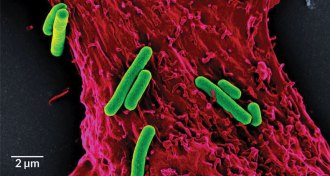 Health & Medicine
Health & MedicineNew heart attack treatment uses photosynthetic bacteria to make oxygen
Photosynthetic bacteria can produce oxygen to keep rat heart muscles healthy after a heart attack.
-
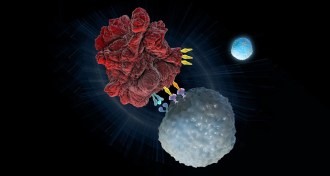 Health & Medicine
Health & MedicineTherapy flags DNA typos to rev cancer-fighting T cells
Genetic tests help identify cancer patients who will benefit from immune therapy.
-
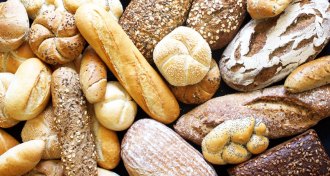 Health & Medicine
Health & MedicineChoosing white or whole-grain bread may depend on what lives in your gut
Gut microbes determine how people’s blood sugar levels respond to breads.
-
 Life
LifeWhen it comes to the flu, the nose has a long memory
Mice noses have specialty immune cells with long memories.
-
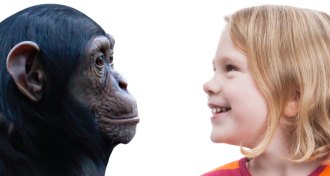 Genetics
GeneticsJumping genes play a big role in what makes us human
Jumping genes have been a powerful force in human evolution.
-
 Health & Medicine
Health & MedicineBreast cancer cells spread in an already-armed mob
Source tumors may already contain the mutations that drive aggressive cancer spread.
-
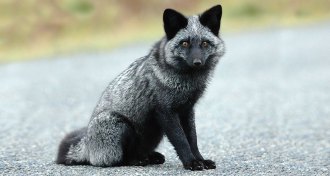 Science & Society
Science & SocietyFox experiment is replaying domestication in fast-forward
How to Tame a Fox recounts a nearly 60-year experiment in Russia to domesticate silver foxes.
-
 Genetics
GeneticsAncient DNA bucks tale of how the horse was tamed
DNA from ancient horses reveals early domestication involved plenty of stallions.
-
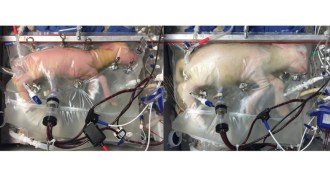 Health & Medicine
Health & MedicineFaux womb keeps preemie lambs alive
A device can keep premature lambs alive for a month in womblike conditions.
-
 Earth
Earth50 years ago, continental drift began to gain acceptance
Half a century later, plate tectonics is well-established but still an active field of research.
-
 Genetics
GeneticsGene knockouts in people provide drug safety, effectiveness clues
People naturally lacking certain genes give clues about drug safety and efficacy, a study in Pakistanis shows.